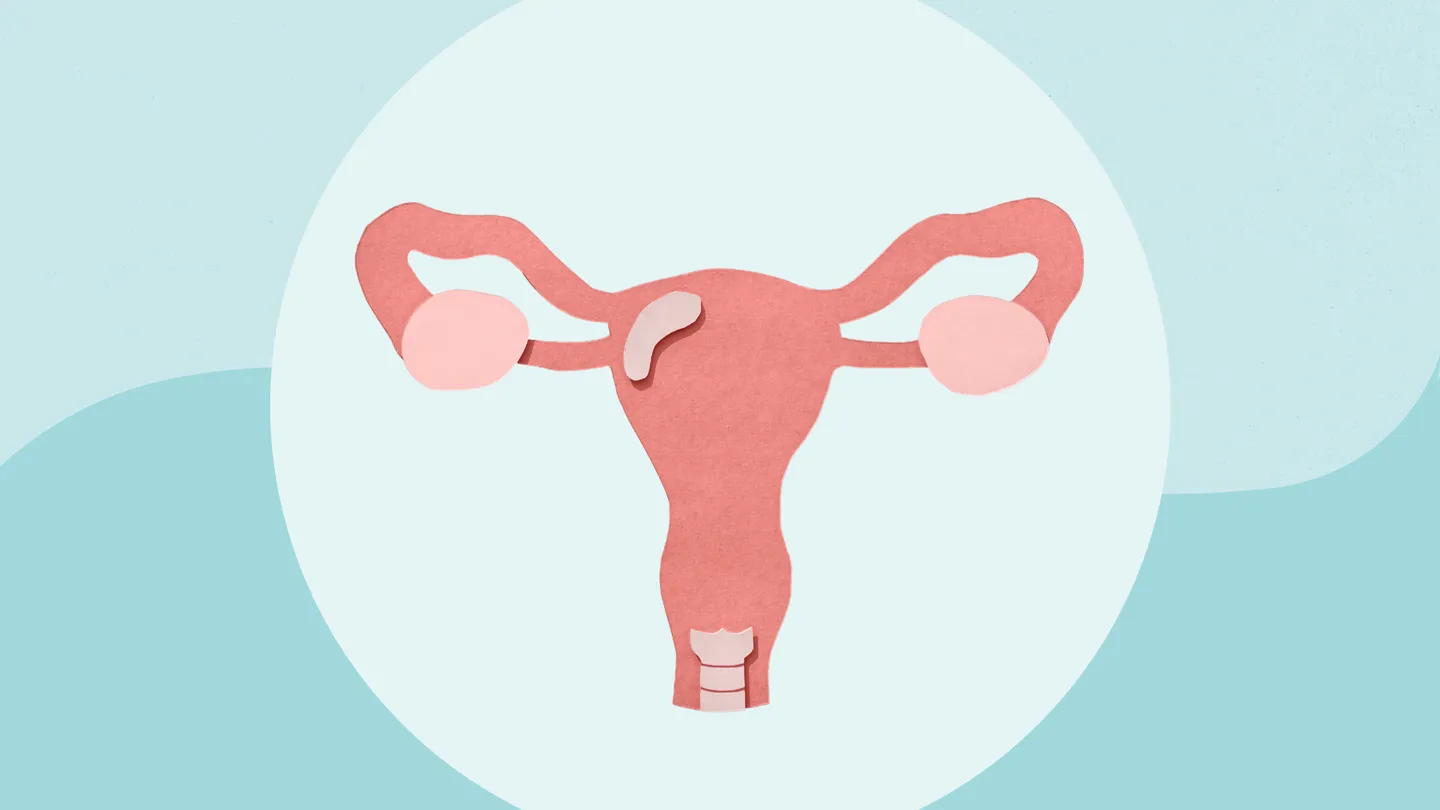Ovarian cancer is historically known as a silent killer, because many of its early symptoms, such as bloating and constipation, often aren’t associated with severe illness. Ovarian cancer is diagnosed in nearly 21,000 American women each year, but it’s often detected at a later, less treatable stage.
Beyond its reputation, though, there are also a lot of misconceptions, says David A. Fishman, MD, a gynecologic oncologist and the director of the cancer center at NewYork-Presbyterian Weill Cornell Medicine in New York City.
Here, Dr. Fishman sifts through some of the myths regarding the disease.
Myth 1: Ovarian Cancer Symptoms Can Mask Others
The discomfort of ovarian cancer is real, not vague. It’s more that you can mistake symptoms for other things. “Since your ovaries are surrounded by your bowels and colon, you may think you’re having digestive issues, for instance, if you’re experiencing pelvic pain,” Fishman explains. The solution is to always consider the possibility that the discomfort could be coming from your ovaries. Any pelvic discomfort or pain that lasts for more than a few days should be evaluated, he says. “During an appointment with any healthcare provider, whether it’s your gynecologist or your [gastroenterologist], make sure you ask to have your ovaries evaluated, too.”
Myth 2: There’s No Way to Prevent Ovarian Cancer
There’s no surefire way to prevent ovarian cancer, says Fishman, but there are certain things you can do to help prevent it. “For example, five years’ use of birth control pills can decrease your risk by 50 percent, even among women who have a mutation like BRCA1 or BRCA2 that increases the risk of developing ovarian cancer,” he says. “If you’re not trying to get pregnant, taking birth control pills for five years can help.”
Myth 3: There’s No Definitive Way to Screen for Early Stage Ovarian Cancer
Actually, an ultrasound can pick up an ovarian mass quite well. The catch: Ultrasounds are not used as a screening tool, because the disease is relatively rare and the tests are expensive. “Ultrasounds are the best imaging we have to evaluate the ovaries,” Fishman says. But because it costs a lot to screen so many women, insurance companies have yet to offer them as part of routine preventive care, he explains.
There’s another reason ultrasounds are not routinely performed to detect ovarian cancer, according to the American Cancer Society. Studies of women at average risk of ovarian cancer found that using ultrasound for screening led to more testing — and in some cases, surgeries — but failed to lower the number of deaths due to ovarian cancer.
Myth 4: Women With the BRCA1 or BRCA2 Mutation Have the Highest Ovarian Cancer Risk
Yes and no. The lifetime risk of being diagnosed with ovarian cancer is less than 2 percent for those who do not have a high-risk mutation. For women with the BRCA1 mutation, the average cumulative risk is 35 percent, and for women with BRCA 2, the risk is 10 to 30 percent. But that’s not the whole story. Experts are learning more and more about inherited mutations, as well as acquired mutations. “For example, you can be born without a mutation, but you can be exposed to environmental toxins that cause you to develop one,” says Fishman. “Ultimately, all cancers are due to genetics, but not all genetic mutations are inherited; some are acquired. It’s unique to you.”
Myth 5: The CA-125 Blood Test Is a Useful Blood Test for Detecting Ovarian Cancer
Not really. Doctors sometimes use this blood test, which measures the amount of a protein called CA-125 in the blood, as a first-pass screening to detect the potential presence of ovarian cancer. But it was never intended to be a diagnostic test, Fishman notes. “There are many different types of ovarian cancer,” he says. “Some types don’t produce that protein. So, its ability to detect early stage ovarian cancer is less than 50 percent.” It is useful, though, when tracking the status of disease in some people who have already been diagnosed. “That’s what it’s approved for,” says Fishman.
Myth 6: Ovarian Cancer Is All About the Ovaries
Not necessarily. There are actually some strong theories that ovarian cancers start in the fallopian tubes and spread to the ovaries, but the connection remains uncertain, says Fishman. He is currently studying whether detecting precancers in the fallopian tubes and treating them will deter ovarian cancer from developing.
The Takeaway
- Ovarian cancer, which is marked by seemingly benign early symptoms, such as bloating and constipation, is often misunderstood.
- Some myths persist, such as that ovarian cancer starts only in the ovaries (when, in fact, it may begin in the fallopian tubes) and there’s no way to reduce your risk of developing the disease.
- By reading the facts behind the myths about ovarian cancer, you can learn more about how this disease is detected and treated today.




